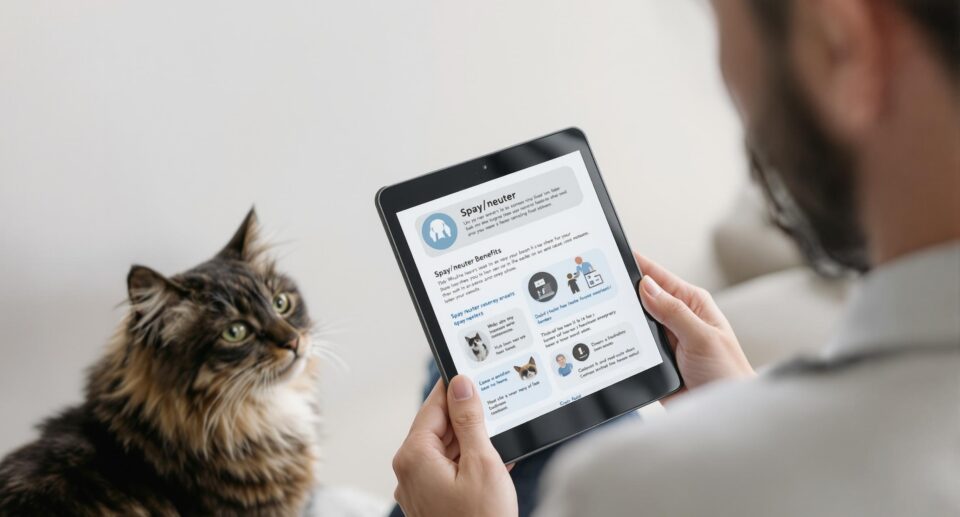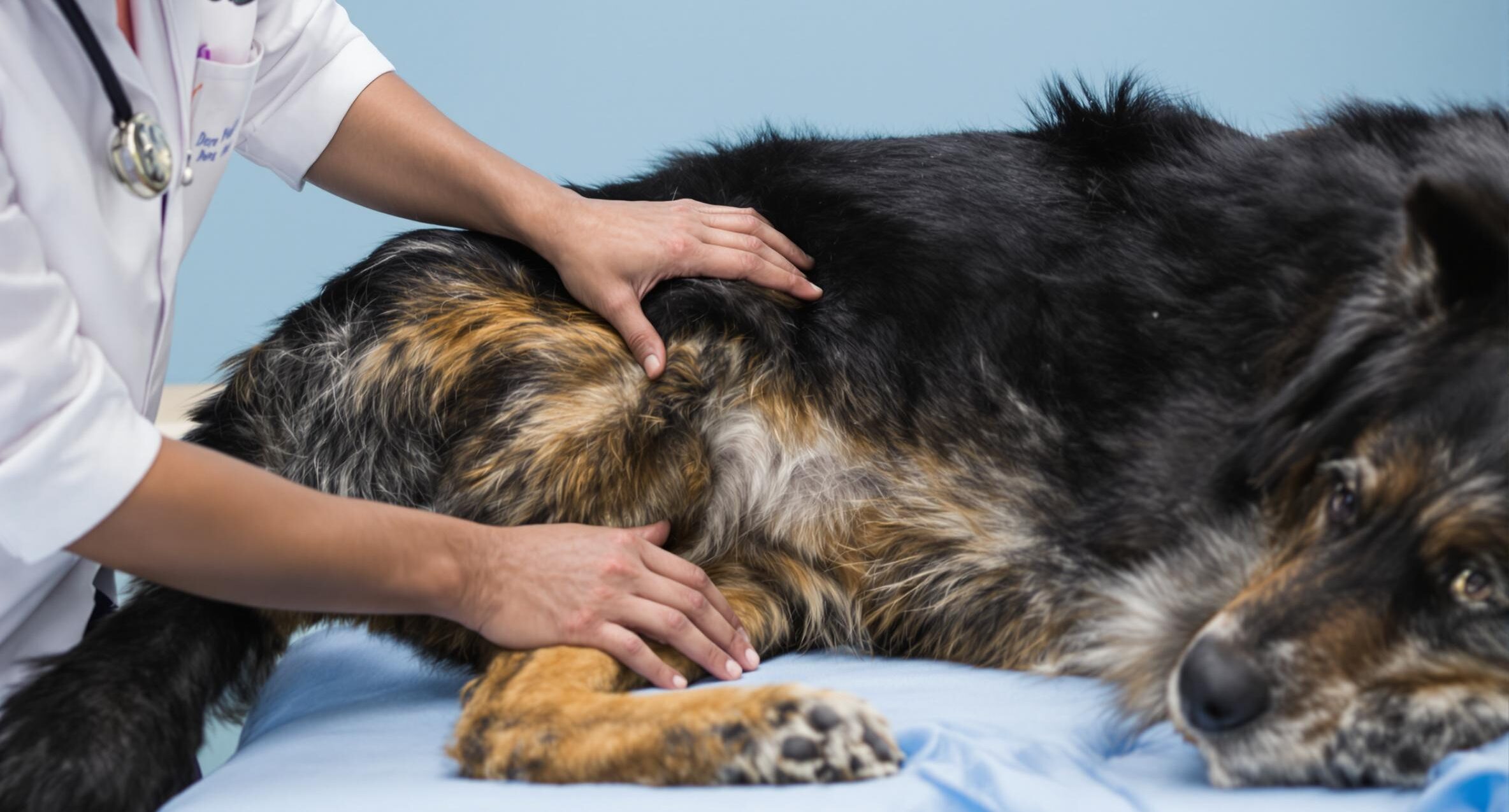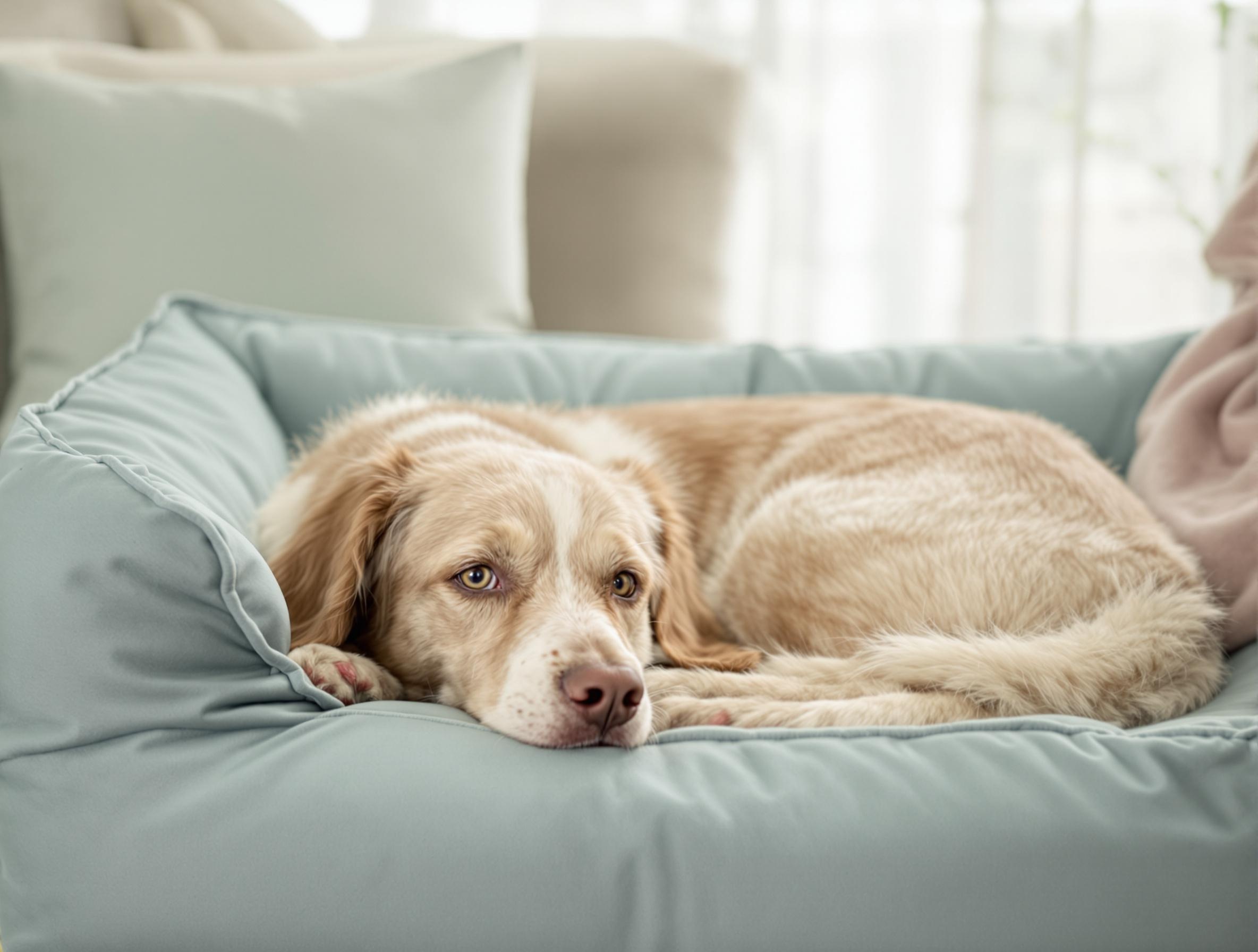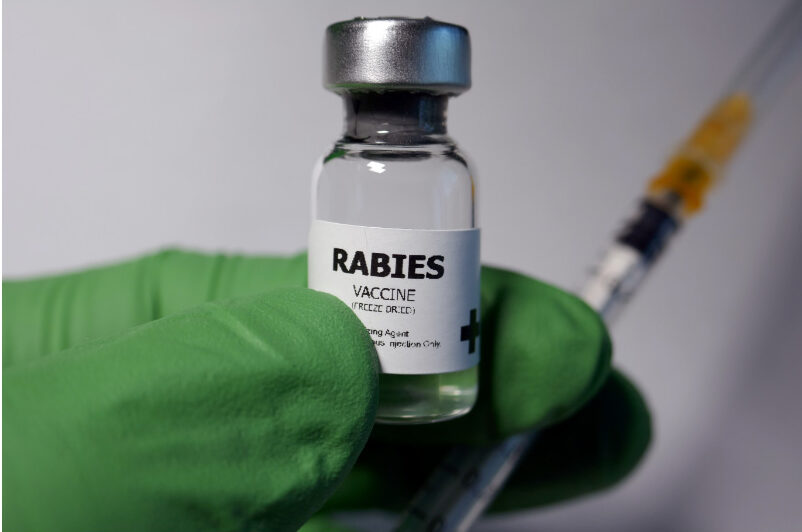Understanding ACL Tears in Dogs: Causes, Symptoms, and Care Options
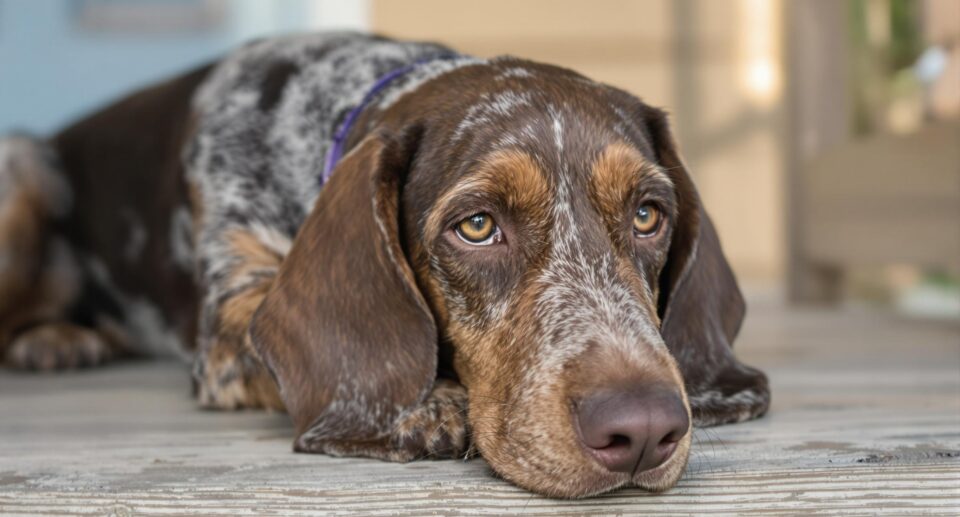
Key Takeaways
- ACL tears in dogs significantly hinder mobility, especially in larger breeds at higher risk.
- Recognizing early symptoms like limping or changes in posture enables timely interventions for better recovery.
- Various treatment options, including physical rehabilitation and surgery, cater to each dog’s specific needs.
- Preventive measures like maintaining healthy weight and core strength can help protect against ACL tears.
- Partnering with a veterinarian ensures a personalized care plan for managing and recovering from an ACL tear.
It’s hard to see your dog slow down, especially when mobility problems hinder the activities they love. That sudden limp during a game of fetch or trouble getting up from their favorite spot could be a sign of an ACL tear, an injury that accounts for many orthopedic issues in dogs. Larger breeds face higher risk due to their size and activity level.
A torn ACL affects the knee joint and can make daily walks, playtime, and even simple movements like climbing stairs difficult. While watching your dog in discomfort can feel overwhelming, today’s veterinary treatments can help. PetHealthMD provides trusted resources and vet-recommended products you can use together with your dog’s treatment plan to support their recovery.
What Is the ACL or CCL in Dogs?
ACL stands for anterior cruciate ligament, which is used when discussing this ligament in people. In dogs, vets often call it the cranial cruciate ligament or CCL. Both terms refer to the ligament in your dog’s knee that keeps the joint stable. It connects the bones above and below the knee (the stifle joint) and keeps movement steady when your dog walks, runs, or climbs stairs.
What Happens When This Ligament Tears?
When the CCL tears, the tibia (shin bone) slides forward instead of staying in place. This causes pain and makes it hard for your dog to walk or put weight on the leg.
A tear can happen suddenly or slowly over time as the ligament weakens. Without care, a torn CCL can lead to arthritis and long-term joint instability.
Understanding the injury helps you make informed decisions about treatment and recovery.
What Causes ACL Tears in Dogs?
Your dog’s knees work hard every day, and the ACL helps keep their movements steady. Knowing the causes can help protect your dog’s mobility.
Common causes include:
- Quick turns and sudden stops during play.
- Awkward landings from furniture or stairs.
- Large body size, especially in breeds like Rottweilers, Labrador Retrievers, and German Shepherds.
- Extra weight that strains the joints.
- Weak muscles around the knee.
- Aging, which weakens ligaments over time.
Recognizing these risk factors helps you take preventive steps like maintaining a healthy weight and choosing safe exercise routines.
Recognizing the Symptoms of an ACL Tear
If your dog has an ACL tear, they may show clear signs of discomfort. Early recognition leads to better outcomes.
Physical signs include:
- Limping or favoring a leg.
- Sitting with one leg out to the side.
- Swelling around the knee.
- Clicking or popping sounds during movement.
Behavioral changes include:
- Less interest in activity.
- Morning stiffness.
- Licking the knee area.
If you notice these signs, contact your veterinarian. Dogs who injure one knee are also at higher risk of injuring the other, making early treatment essential.
ACL Tear Treatment Options for Dogs
Your veterinarian will recommend the best treatment based on your dog’s size, age, activity level, and overall health.
Non-Surgical Treatments
Physical rehabilitation: Structured therapy combines targeted exercises, physical therapy, and pain relief. Many dogs recover within 3 to 4 months.
Rest-based care: Often effective for dogs under 30 pounds. This involves 8 to 12 weeks of limited activity, plus medication and a gradual return to movement.
Surgical Options
Large or active dogs often benefit most from surgery.
Common procedures include:
- Traditional repairs that stabilize the joint.
- TPLO or TTA surgery, which adjusts bone alignment.
Surgical recovery usually lasts 4 to 6 months. Your veterinarian will guide you in choosing the best option.
Can ACL Tears Heal on Their Own?
Small tears can sometimes heal without surgery, especially in smaller or less active dogs. Larger dogs or those with complete tears usually need surgery for the best outcome. Your vet will assess the severity and recommend the right path.
Preventing ACL Injuries in Dogs
With simple steps, you can support your dog’s joint health.
To help protect your dog’s knees:
- Maintain a healthy weight.
- Strengthen their core with gentle exercises.
- Begin exercise with a 5 to 10 minute warm-up.
- Choose natural surfaces like grass for play.
- Schedule regular veterinary check-ups.
Frequently Asked Questions About ACL Tears in Dogs
How is an ACL tear diagnosed in dogs?
A veterinarian performs joint stability tests and may use imaging like X-rays to confirm the injury.
Can supplements help prevent or manage ACL injuries?
Joint supplements such as glucosamine, chondroitin, and omega-3s can support joint health. Always consult your vet before starting a supplement. Explore joint health options in our Dog Joint Supplements category.
Are certain activities or sports riskier for my dog’s ACLs?
High-impact sports involving jumping, sudden stops, or sharp turns may increase risk. Work with your vet to design a safe activity plan.
Will my dog need long-term lifestyle changes after an ACL tear?
Most dogs benefit from long-term weight management, joint exercises, and lower-impact activities.
What should I ask my veterinarian about ACL treatment?
Ask about:
- Severity of the tear.
- Recommended treatments.
- Recovery timelines.
- Pain management.
- Home care tips.
Taking Action for Your Dog’s Health
Partnering with your veterinarian ensures a personalized ACL care plan. Home care such as daily observation, weight management, and structured exercise plays a vital role in your dog’s recovery.
At 1800PetMeds, we offer trusted, vet-recommended products to support dog health.
These resources can support your dog’s treatment plan and help them stay active for years.


